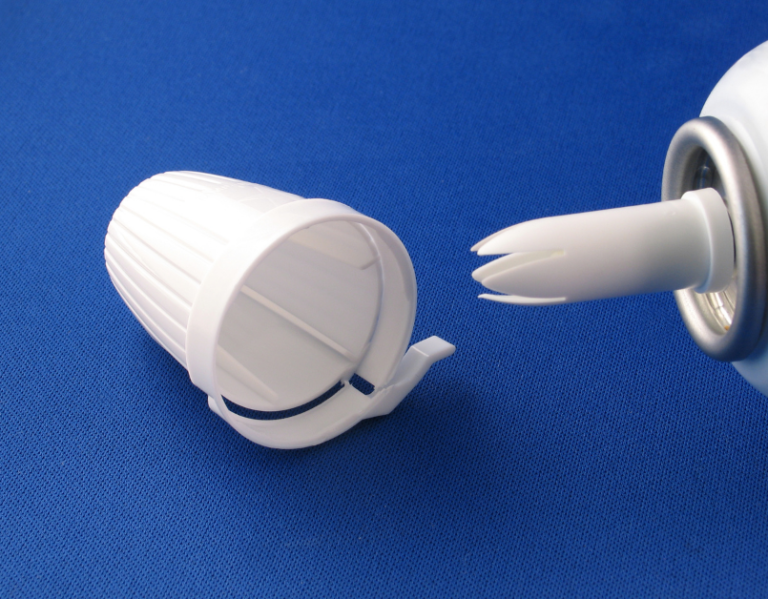Have you ever heard of nitazine? Thankfully, nitazines are a class of synthetic opioid drugs that are still relatively unheard of across most of the world. However, nitazine has already shown its ugly face in the United States, as this lethal drug has already begun to fuel numerous overdose deaths across the country.
According to the DEA, nitazine is showing up in heroin, and in a few cases, cocaine. This is particularly worrisome because the user may or may not know that nitazine has been added to their drug in order to intensify their high. This is just one more reason why leaving opioids alone, whether synthetic or not is a smart decision to make.
Where Does Nitazine Come From?
One type of nitazine, called isotonitazene, was first synthesized in the 1950s. It was introduced on the illicit drug market in 2019. Today, it is sold online as a powder in wholesale and small amounts and is also sold as ready-to-use nasal sprays. Experts suggest that isotonitazene at this point is also being sold at street level and is being injected by individuals who use heroin. Since it is 500 times more potent than morphine, it’s no wonder it is making its way into the streets.
Isotonitazene is not an approved pharmaceutical in the United States and is also not approved for medical use anywhere in the world. It is a potent synthetic opioid and is being abused for its euphoric-inducing effects. People abusing isotonitazene appear to be the same as those abusing prescription opioids, heroin, and fentanyl.
Health Risks of Nitazine
Although at this time there is limited information on the collective health risks of nitazine, they are likely to be similar to the effects of other opioids. Respiratory depression holds the highest risk for someone who has knowingly or unknowingly taken nitazine. This risk is elevated when other depressants such as other opioids, alcohol or tranquilizers are mixed with nitazine.
Because of its high potential for abuse, isotonitazene is a Schedule I drug.
Dangers of Nitazine Overdoses
The reason these overdoses are happening is that this class of synthetic opioids is up to 10 times more powerful than fentanyl, which is notorious for causing deadly overdoses. In 2021 alone, 100,000 people died from opioid overdoses, as many drug users failed to get help during the coronavirus pandemic.
Researchers warn that nitazine is quickly becoming the “most popular subclass of synthetic opioids.” The fact that they are much more potent than fentanyl is extremely worrisome. To make things worse, there are concerns that Narcan, which is used to reverse opioid overdoses may not be as effective with nitazine. Because of this, experts are expecting an uptick in nitazine overdoses to occur.
About Synthetic Opioids
As mentioned, nitazine is a type of synthetic opioid. This means that it is created in a laboratory. They act on the same targets in the brain as natural opioids do. They provide analgesic pain relief in much the same way as morphine and codeine do. Not all synthetic opioids should be considered “bad”, as methadone for example is medically approved and is helpful for getting people to stop using heroin.
It is those synthetic opioids that are produced clandestinely in a lab and are sold on the black market or added to other opioids that are particularly dangerous. They are sometimes manufactured in tablet form but are often encountered in powder form. They are commonly found on scales and sifters during drug busts, according to the DEA. This means that they are used with heroin or as a replacement for it.
The Effects of Synthetic Opioids
When you use a synthetic opioid such as nitazine, the effects that you feel are similar to that of morphine. You will feel very relaxed, euphoric, and will feel no pain. You will basically be sedated and very drowsy. On the negative side of things, you will be confused, dizzy, nauseous, and may vomit. Respiratory depression, constricted pupils, and urinary retention are other symptoms.
Synthetic opioids act on the brain and spinal cord. One of the major problems with them is that since they are unregulated, their potencies can vary from lab to lab and from drug dealer to drug dealer.
Some people seek out the use of synthetic opioids in order to get a stronger high. As a result, they do have a greater escalation of symptoms. However, this comes with a price. The potential for overdose is much greater.
Symptoms of Overdose on Synthetic Opioids
It is critical that if you suspect an overdose on synthetic opioids such as nitazine that you receive immediate medical care. Some red flags to watch out for include stupor, cold and clammy skin, changes in pupil size, coma, and respiratory failure. What basically happens when a person overdoses on nitazine is that they die because they stop breathing.
It may be possible to survive a nitazine overdose if medical attention is provided quickly enough. High doses of Naloxone are required.
Getting Help for a Synthetic Opioid Addiction
Were you completely aware of what nitazine was before reading this article? Whether you have been using nitazine along with other opioids, or have been dabbling with fentanyl use, now is the time to give it up. We at Asheville Detox want to help you understand exactly how dangerous it is to use synthetic opioids or to abuse any opioids for that matter.
Every time you use, you are essentially playing Russian roulette with your life. Love yourself enough to let it go. If you don’t feel like you care a lot about yourself right now, then think about how much you love someone else and how much they will miss you when you are gone.
We are reaching out to you now. Please allow our team of warm and compassionate individuals to stand by you and help you during your darkest hour. Call us today and say yes to a brighter tomorrow.









